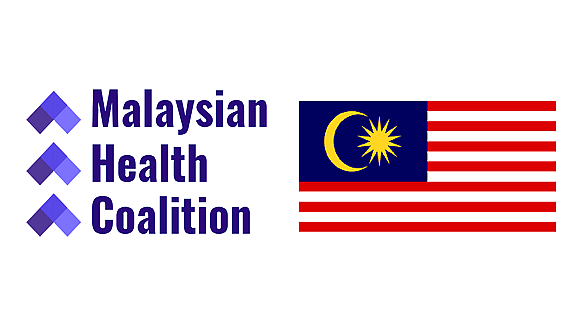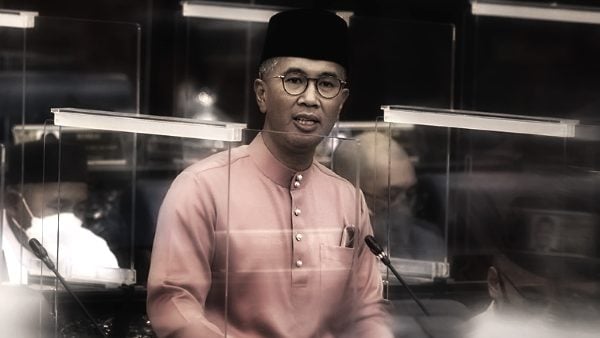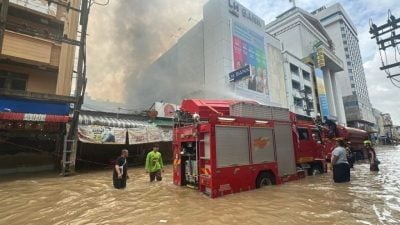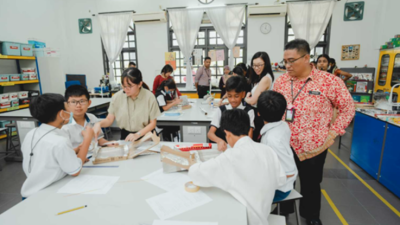Sin Chew Daily
This Friday, the 2022 Budget will be tabled in the Dewan Rakyat. Due to the COVID-19 pandemic, last year’s Budget hit a high of RM322.54 billion with a budgetary deficit of 6% of the country’s GDP. The 2021 Budget had four broad themes: caring for the people, steering the economy, sustainable living and enhancing public service delivery.
Unfortunately, due to the pandemic that is much more serious than previously thought, this budgetary allocations of unprecedented scale has never been reflected in this year’s economic growth.
Earlier this year, finance minister Tengku Zafrul and Bank Negara optimistically projected the country’s GDP expansion for 2021 to be in the region of 6% to 7.5%, but this projection was subsequently revised downward by IMF and World Bank in the third quarter to only 3.3%. Fitch Ratings was even more pessimistic, anticipating zero growth for the country, only to be revised upward to 1% in its latest evaluation report.
The deeper the fall, the bigger the rebound. If the coronavirus pandemic is further contained next year, Bloomberg predicts a 5.65% growth for Malaysia next year, meaning a V-shaped recovery is anticipated, barring any unforeseen circumstances such as politics or worsening COVID-19 situation.
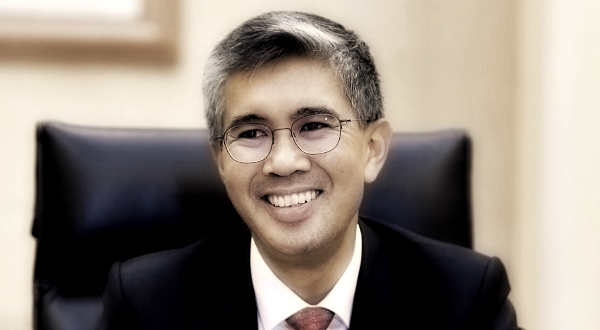 The finance minister has earlier pointed out that the 2022 Budget will focus on “recovery, rebuilding national resilience and catalyzing reform”.
The finance minister has earlier pointed out that the 2022 Budget will focus on “recovery, rebuilding national resilience and catalyzing reform”.
First and foremost, the overall economy has to be restarted in 2022 while recovery the livelihoods of companies and individuals. This is followed by rebuilding the economic sectors most heavily bruised by the pandemic so that they can continue to survive. And finally through catalyzing reform to extend the various action plans under the 12th Malaysia Plan towards the “Vision 2030”.
Simply put, recovery and rebuilding are of tremendous importance while reformation is to achieve the nation’s long-term objectives.
For so many years the annual budgets have set aside more than 70% of the fiscal allocations on government operating expenditure, including salaries and pensions paid to civil servants as well as compensations. Of the RM332.5 billion set aside for 2021 Budget, only RM65 billion was for development expenditure.
Judging from the way the government now handles the pandemic, it is highly unlikely that another lockdown will be imposed. When the operations of companies are fully restored, the need for financial assistance for companies and individuals will be significantly lessened. Other than the allocations set aside to fight the pandemic and sustain the expenses of medical care and public healthcare sectors, the 2022 Budget should focus more on investing in the country’s economic recovery instead of providing life-saving handouts to the rakyat.
Over the past two years, the government has spent too much on providing financial assistance to companies and individuals which will not have much positive effect on the country’s economic recovery. As a result, some of the companies that urgently require a hand from the government have remained shut out while major public infrastructural projects are stalled, triggering the chain reactions of stagnant development and a shrinking economy owing to the vicious cycle of corporate closures.
It l anticipated that total allocations for the new Budget will exceed last year’s RM332.5 billion, hopefully with more than RM70 billion for development expenditure.
It is our hope that prime minister Datuk Seri Ismail Sabri Yaakob will wisely distribute the allocations during such difficult times for “recovery, rebuilding and reform” instead of dumping too much money to save lives and help the poor.
Perhaps not more than 20% of the RM70 billion could be used for the purpose of financial assistance once the economy is fully reopened, so that the corporate sector gets to compete freely once again and let the market mechanisms determine the survival of individual companies.
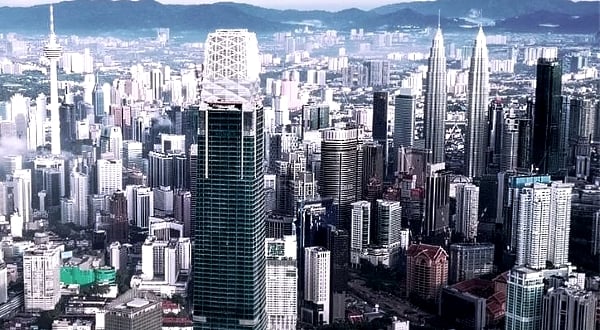 The government must be decisive in offering more targeted financial assistance. Industries such as tourism, aviation, hospitality, transportation and services which make up some 56% of the country’s GDP must never be neglected.
The government must be decisive in offering more targeted financial assistance. Industries such as tourism, aviation, hospitality, transportation and services which make up some 56% of the country’s GDP must never be neglected.
Take the tourism-related industries for instance, their turnovers plummeted by a whopping 70% last year to RM52.4 billion last year, from RM182.1 billion recorded in 2019. The nearly RM130 shortfall is equivalent to almost 9.25% of our GDP. In short, we simply cannot afford to let them fall.
Other than specific sectors that warrant the government’s attention, public construction and infrastructural projects should be initiated in a bid to create new job opportunities and boost the development of related peripheral industries. As soon as Joe Biden was sworn in as the US president, he approved US$2 trillion for public infrastructural projects with the sole objective of reviving the economy.
Thanks to the pandemic, Malaysia’s economy has been stalled for two whole years. With major global organizations increasingly upbeat about the country’s growth prospect next year, and with the broad themes of “recovery, rebuilding and reform” for 2022 Budget, the country is poised to emerge as a phoenix reborn if the money is spent wisely where it is needed most.
ADVERTISEMENT
ADVERTISEMENT






